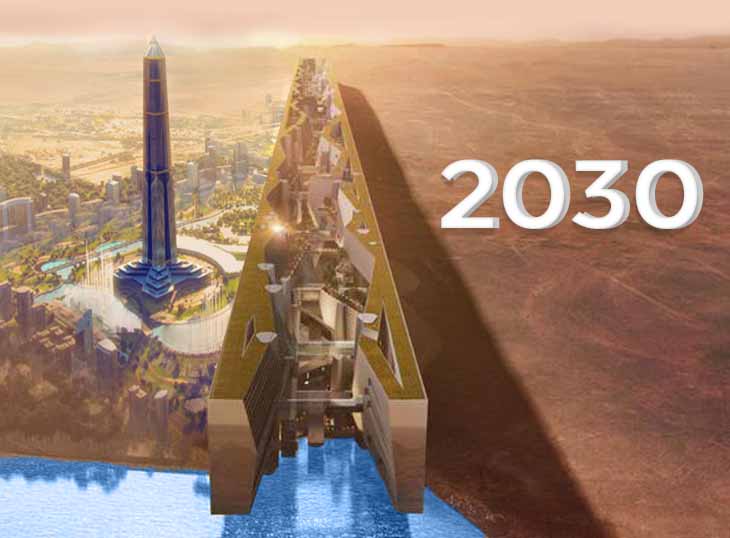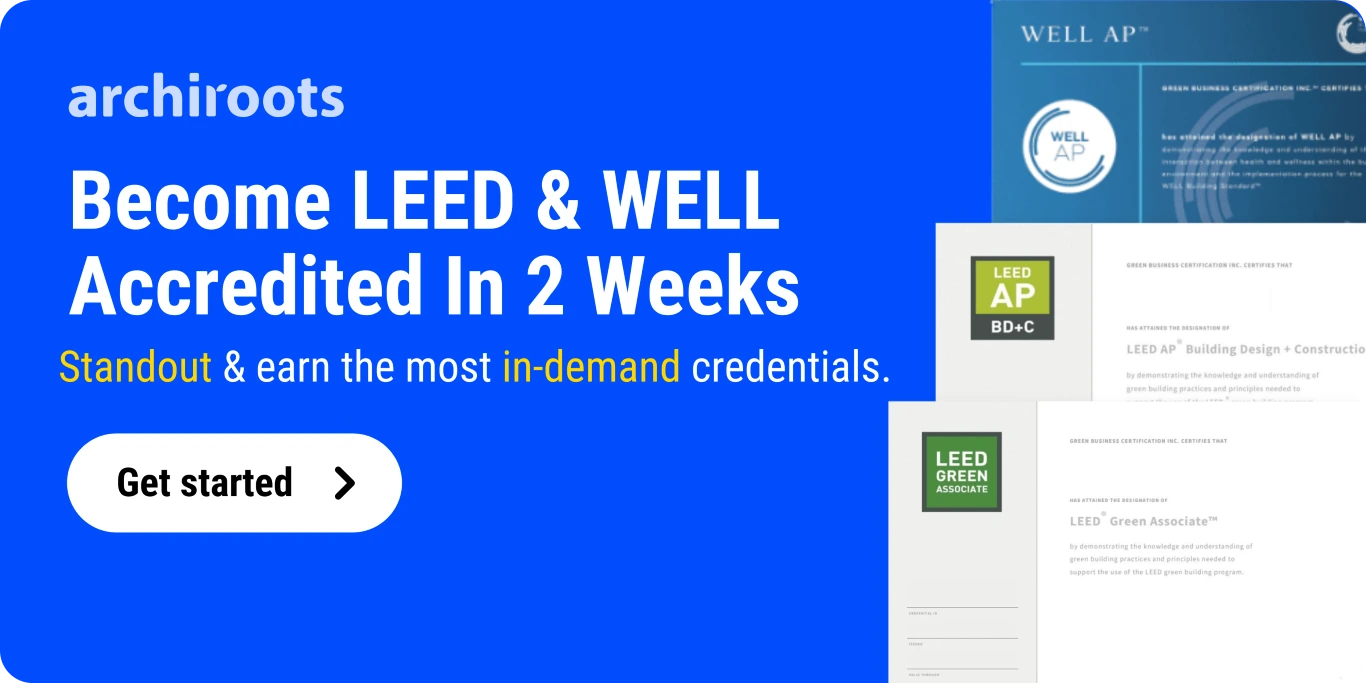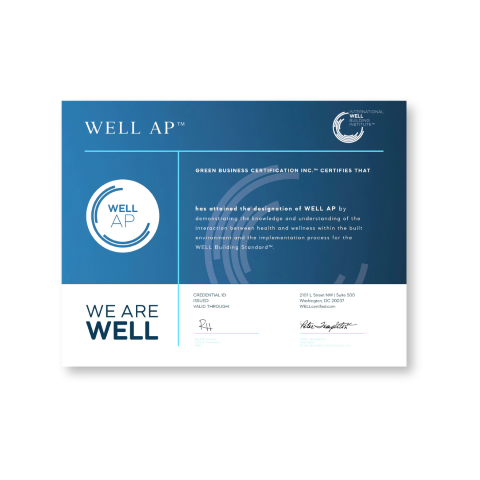Saudi Arabia is growing every day with more and more projects under construction. LEED certification in Saudi Arabia is quite famous, most project are using new technology and sustainable practice. If you want to know where the building industry is going and what ecologically friendly architecture looks like in the future, Saudi Arabia is the place to go.
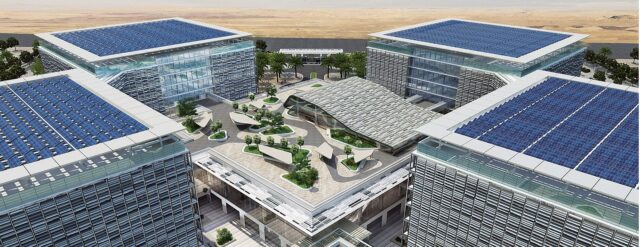
Why LEED Saudi
- LEED in Saudi Arabia are attracting more attention from corporations, especially in the realm of finance.
- Green building concepts save money since they may be used early in the design phase.
- Costs for maintenance are lower and utilities like power and water are conserved in ecologically friendly buildings.
Furthermore, the construction industry, one of the most polluting industries worldwide, must come up with ecologically responsible solutions due to the challenges brought by climate change.
A lot of improvement has been made in the industry as a whole in recent years. To provide just one example, LEED in Saudi Arabia is responsible for 15% of all green building activities in the Arab world. Saudi Arabia has the world’s largest budget for eco-friendly building projects.
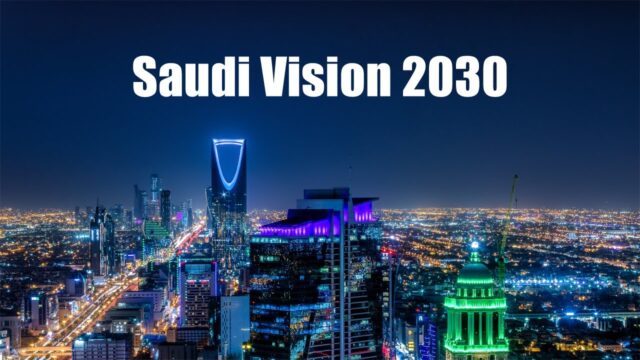
Saudi Vision 2030
The Saudi Vision 2030 lays out the country of Saudi Arabia’s long-term aims and aspirations for its government policymaking over the next few decades. The report includes a number of allusions to sustainability in relation to each of its primary topics, which are a dynamic society, a successful economy, and an ambitious country.
The initiative aims to provide housing that is of a high standard yet cheap, as well as urban landscaping that is energy-efficient, ecologically friendly, and green. This suggests that the business of environmentally friendly construction will continue to expand in the Saudi Kingdom.
Fun fact, Saudi Arabia has the largest number of Gold and Platinum LEED-certified buildings in the Middle East. LEED is in a particularly advantageous position in the nation and this LEED certification in Saudi Arabia is being implemented immensely.
The return on investment (ROI) of LEED in Saudi Arabia is built on elements such as the energy savings a project achieves and better building values. In general, green buildings are considered to be environmentally friendly.
Saudi Green Building Council
Saudi Green Building Council is placing an increased emphasis on the use of sustainable and technologically advanced construction materials in Saudi. The country is well positioned to continue the expansion of its green construction industry thanks to the goals of Vision 2030, major projects, supporting events, and various measures taken by the Ministry of Housing.
As part of the program known as Vision 2030, the nation is now developing a megacity known as NEOM. It is intended that all of the city’s energy needs will be met by renewable sources. Another example is Aramco’s King Salman Energy Park (SPARK), which has the distinction of becoming the first industrial city in the world to get LEED certification in Saudi Arabia.
Saudi Aramco is in the process of developing a brand new megaproject called King Salman Energy Park (SPARK). SPARK is going to be a city that has complete integration. It is intended for activities that are both efficient and sustainable inside an integrated energy center of world-class caliber.
This rating system, known as LEED for cities and communities, is designed to assist municipalities in the development of plans that are responsible, sustainable, and specific with regard to natural systems, energy, water, waste, transportation, and a wide variety of other factors that contribute to an individual’s quality of life.
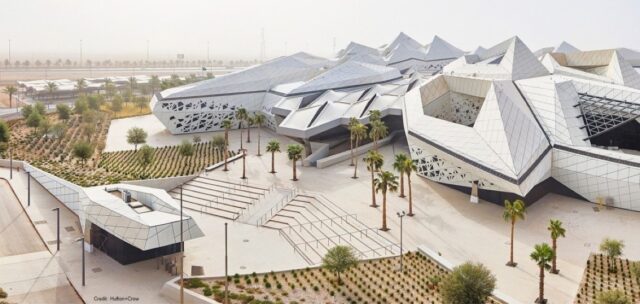
Another great example that is breaking records in Saudi Arabia is KAPSARC
In Saudi Arabia, the King Abdullah Petroleum Studies and Research Center (KAPSARC) received five LEED Platinum certifications from the United States Green Building Council (USGBC) for achieving an EBOM rating of 80 or above.
It is worth noting that KAPSARC’s facilities are the only ones in the Kingdom of Saudi Arabia to be certified as LEED-EBOM Platinum.
Five of KAPSARC’s community buildings, totaling 52,284 square meters, have received Platinum LEED-EBOM certification. These certifications recognize KAPSARC’s dedication to incorporating sustainable practices across the entire lifecycle of its facilities, from planning and design to building to operations and maintenance.
KAPSARC‘s dedication to environmental and sustainable management is shown by the five certifications it earned in 2021 and 2022.
Through comprehensive waste stream audits, the elimination of single-use items, and the development of an efficient waste segregation plan across many phases, KAPSARC’s waste management program successfully diverted 94% of solid waste from landfill in 2021. The Center utilized state-of-the-art tools and techniques for indoor and outdoor water use, including a weather-based irrigation system in conjunction with a micro-irrigation system, mulching, planting native plants, and efficient faucets, to cut the compound’s water consumption by 30% over the same time period. Annual energy audits identified and implemented low-cost energy saving solutions, which together lowered the Center’s energy use by 35%.
The U.S. Green Building Council has recognized KAPSARC as the biggest LEED Neighborhood Development project in the Middle East for 2017. Platinum LEED New Design and Construction certifications were given to KAPSARC in 2014 and 2016. KAPSARC was the first and biggest project outside of North America to earn LEED Gold for Homes certification in 2012. The modular, hexagonal structures at KAPSARC were created with the Saudi heat and its need for extensive air conditioning in mind.

